When I say "Prayer Plants" I am referring to the Marantaceae family, which is one of my favorite families of plants. Like, it's in my top 3 favorites.
I've written some posts about this family before, if you're interested in viewing those:
Actually, I have been meaning to write a much more thorough blog post about this plant family, using some pictures I took at three different botanic gardens: the Foster Botanic Gardens in Honolulu, Hawaii; The Climatron at the Missouri Botanical Garden in St. Louis, Missouri; and the Myriad Gardens in Oklahoma City. But I haven't gotten around to that yet, so I guess I will just keep writing these short reports as I encounter new plants and see them in different phases of growth.
The Volunteer Park Conservatory in Seattle, Washington has a great collection of Marantaceaes in the center glasshouse. One plant (
Calathea warscewiczii) was in bloom and some others I had never seen before. Here are the highlights:
Calathea orbiculata
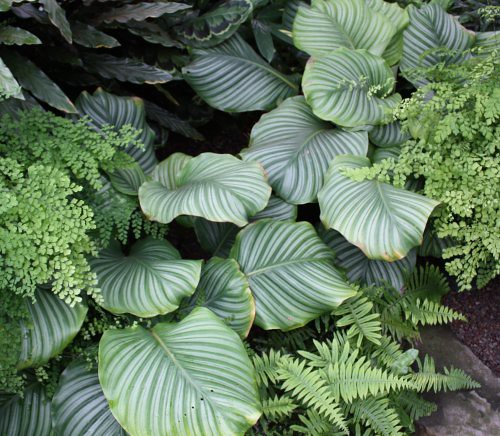 |
| Calathea orbiculata |
Calathea lancifolia
I was already familiar with this plant, having admired it for a while, bought one myself, admired my own for several months, and then mourned its untimely passing. Calatheas, like most other plants from this family, like moist soil and somewhat shady conditions. I'm afraid low humidity has been the cause for almost all of my losses.
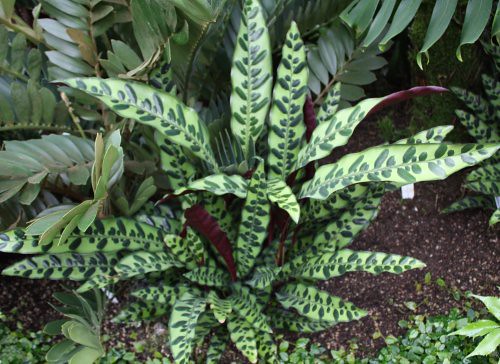 |
| Calathea lancifolia |
Calathea rufibarba 'Furry Feathers'
I have seen this plant online a good bit, but not from any easily accessible vendors. One wholesale vendor had it for sale. However, while it's a beautiful plant, I don't think I want 250 of them! On second thought, I wouldn't at all mind 250 of them, but I couldn't afford that or have a place to put them all.
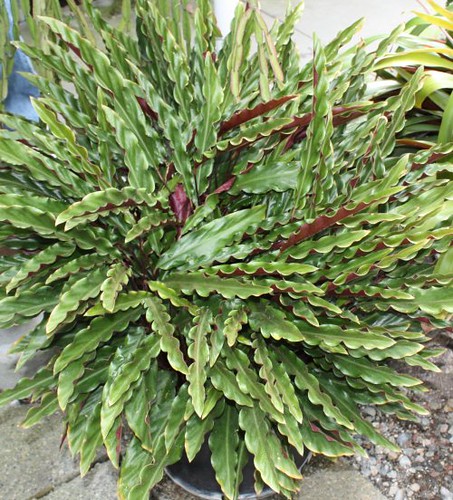 |
| Calathea rufibarba 'Furry Feathers' |
I don't know if the 'Furry Feathers' name is a true cultivar or not, but you can definitely see how the name was chosen when you look closely at the leaves. Several other prayer plants have these furry leaves, including both of my
Ctenanthes.
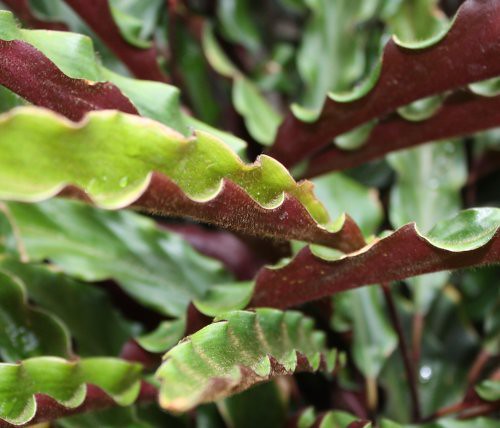 |
| Calathea rufibarba 'Furry Feathers' - here you can see why it has the name it does |
Calathea NOID
This
Calathea didn't have any ID on it. That's what NOID means. I have seen some other Calatheas similar to this one and several have names like "Peacock," but I can't put a sure tag on this one.
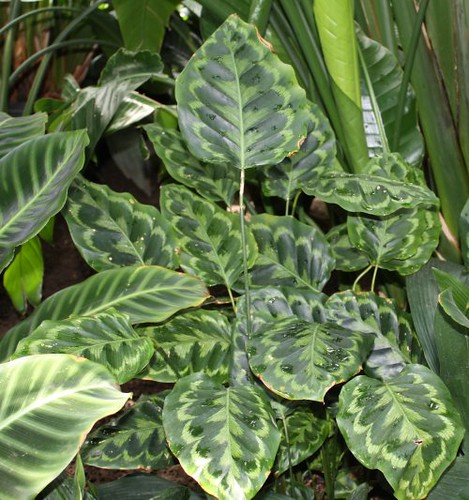 |
| Calathea NOID |
Ctenanthe NOID
I think Ctenanthe is probably my favorite genus in the prayer plant family. I have only seen 3 or 4 species, but every one of them has been very cool. I mean, look at that awesome foliage! This plant might be
C. amabilis, which is
pictured on Tropicos.
 |
| Ctenanthe NOID, likely C. amabilis |
Calathea warscewiczii
Many of the plants weren't labeled, or at least not very clearly. I had to dig around a bit before finding tags around many of them. This particular plant had a tag, but I'm second guessing the identification. I think the plant might actually be
Calathea zebrina. I have seen
C. zebrina other places before and my pictures match that plant much better on Tropicos than
C. warscewiczii.
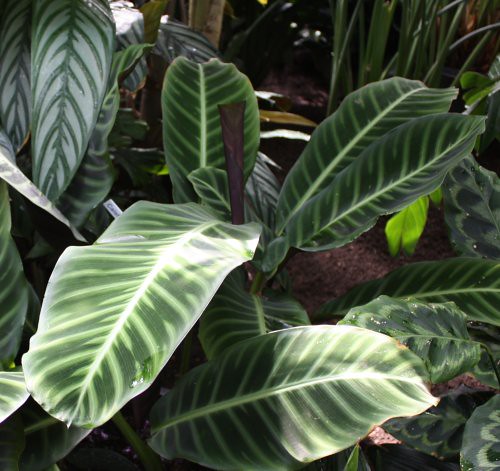 |
| Calathea warscewiczii or C. zebrine? |
The blooms help in the identification process, but I don't have a great baseline to compare this plant to the two species in question. Does anyone know for sure what species this plant is?
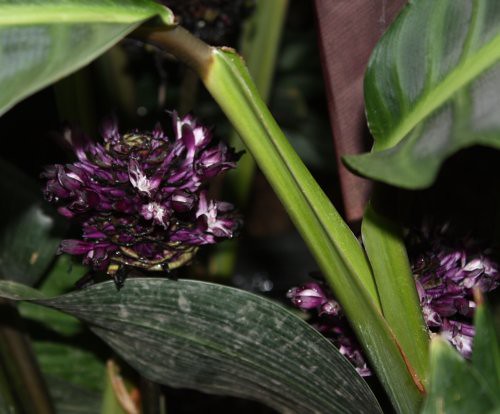 |
| Calathea warscewiczii or C. zebrina in bloom |








All of the photos are great. I didn't realize there were so many varieties, and I had never seen or known them to bloom.
ReplyDeleteIt's not a C. Warscewiczii, that's for sure. I have one of those and the leaf pattern is much more fishtail than the one in your picture. Plus the blooms are more rose-like in form and white tending to pink. Yours must be a Zebrina. I'm probably well late with this news and you've already worked out what it is ages ago!
ReplyDelete